The finger lime (Citrus australasica) is an exotic citrus plant from the Rutaceae family. It can be found in the tropical forests of eastern Australia. Its incredibly widespread in New South Wales. The Citrus australasica small tree or shrub can reach up to 33 ft (10 m) tall. The leaves are green, elliptical, smaller than other citrus fruits.
The plant's popularity stems from the shape of its fruits which are similar in appearance to fingers. They are ovally cylindrical and reach lengths of 4″ (10 cm). Their diameter comes out to about 1″ (2.5 cm) and can weigh up to 5.5 oz (150 g). The first thing you'll notice about them is their thin skin.
Interestingly, it comes in all sorts of colors, including green, red, orange, yellowish, brown, purple, wine-colored and even black. In fact, this is one of the few citrus fruits that can be found in such a wide range of colors.
The flesh of the fruit consists of numerous round sections, filled with juice. These tiny little balls, which are separated from one another, remind of fish roe to some degree. At the same time, the structure of finger lime can be compared to that of pomegranate. The taste of the flesh is sour, reminiscent of lime. The fragrance, as you might guess, is typically citrous. It is put into many recipes in Australian cuisine.
History of Finger Lime
Even though this unique citrus has begun gaining popularity only in the past few years, it is by no means new to humanity. Archives indicate that it was eaten by Australian aborigines for thousands of years. What's known for sure is that the Citrus australasica plant originated without any kind of human intervention.
But the fruit finally got its shining moment during the 2nd half of the past century, when Dr. Joe Furr donated budding branches of the unusual Australian plant to the University of California, Riverside. Following this, the plant began to be cultivated more extensively in the food industry.
Composition of Finger Lime
The finger lime is still not well researched by experts. What is known though is that the flesh of the fruit contains calcium, vitamin B9 and high amounts of vitamin C. The finger lime is also a source of citric acid.
Types of Finger Lime
Finger limes come in a wide variety, differing in their coloration. Many hybrid forms are known, among which is Faustrime, which contains genes from 3 species of citrus plants. This plant is a hybrid between the Australian finger lime and limequat, which in turn is a hybrid between the Mexican lime (Citrus aurantiifolia) and kumquat (Fortunella japonica).
The fruits of Faustrime are very similar to that of the finger lime. Initially, they are colored green but as they ripen they yellow. The flesh of Faustrime has the same texture as Citrus australasica but is relatively juicier, meaning it can be used just as well in cooking.
Growing Finger Lime
Cultivation of finger lime in Australia has significantly increased in response to the high demand for its exotic and delicious fruits. This has also led to serious genetic experimentation with the species. Some of them are easier to grow than others. In general, however, Citrus australasica does not require any type of special care than most citrus plants.
The plant needs water and heat. It should not be placed directly in very strong sunlight though. The plant can be attacked by different kinds of wasps and caterpillars. Experts keep these facts in mind and therefore create hybrid forms that are much more resilient to all sorts of pests.
Cooking Finger Lime
This exotic sour fruit is used with a relish in Australian cuisine. The rind of finger lime can either be peeled and chopped, yielding a spice, or thrown out. Usually, the delicious inside of the fruit is used, which when fresh can be combined with all kinds of products, as long as the resulting taste is balanced.
Finger lime serves as a garnish for fish and meat dishes of chicken and veal. Chefs that love to experiment never miss the chance to add it to sushi. The fruit can also be used in fruit salads, in combination with mango, pomelo, kiwi, plums and pears. It can be added to salads with avocado, spinach, tomatoes, cucumbers and others with the same degree of success.
This type of lime can end up in sauces, nectars, shakes, syrups, fruit purees. The finger lime's texture allows for its use in jellies, jams and even pickled foods. Essentially, its cute little grains make for excellent decoration of desserts such as cheesecakes and cakes.
Benefits of Finger Lime
So far, the plant has not been thoroughly studied and the benefits not fully understood. What is clear is that like most citrus fruits, finger lime acts as a general strengthener and energizer. The content of potassium in it determines its beneficial effects in ailments such as osteoporosis, diabetes and high blood pressure. The rind of the fruit can be used to make aromatic sprays, to be used as air fresheners.
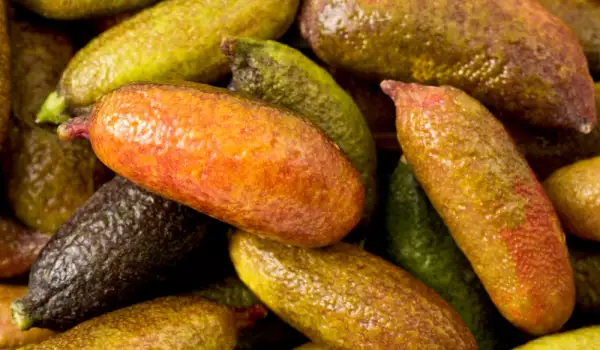
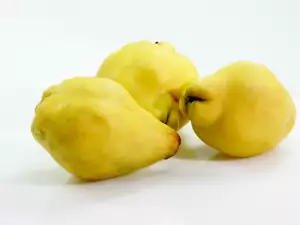
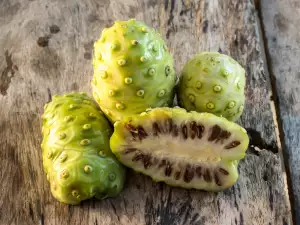
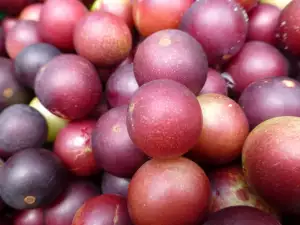

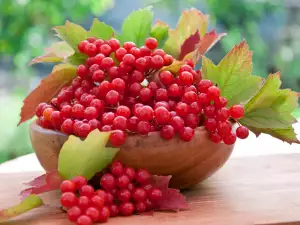

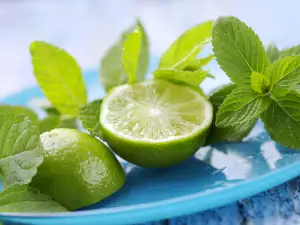
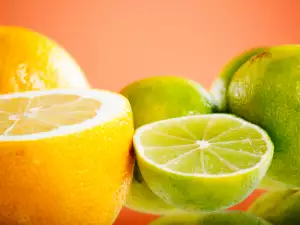
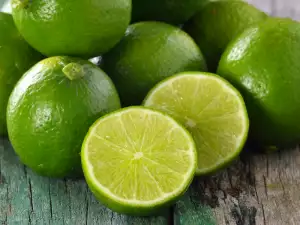




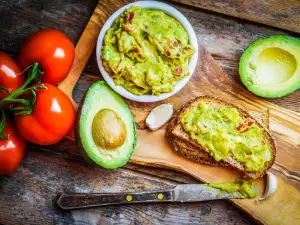





Comments